Northern Minnesota can be a strange place. Yesterday I spent the day at my small Northwoods cabin near the Canadian border. I had to deal with a ice blockage in my water system. Yes … it’s been a cold spring. When I remarked upon this about the “strangeness” of blowing out ice in a water system, two friends commented about similar experiences they had had in the past few days. One person was trying to plant white pines in a boggy section of her yard. Her shovel hit ice one inch down into the ground. The second person has a pile of dirt which she wants to use for gardening, but the dirt pile is frozen a few inches deep. In my case, this is the second time in 30 years of owning our cabin where I have had to combat the Minnesota permafrost.
This morning yelled Spring! The blossoms are finally blooming up on Hawk Ridge. One crap apple tree was particularly beautiful, and I waited for the birds to pose for photo ops. Thankfully the blossoms attract bugs which attract birds. Life is good!
Red-Eyed Vireos and Chestnut-Sided Warblers need to learn to pose in my desired tree!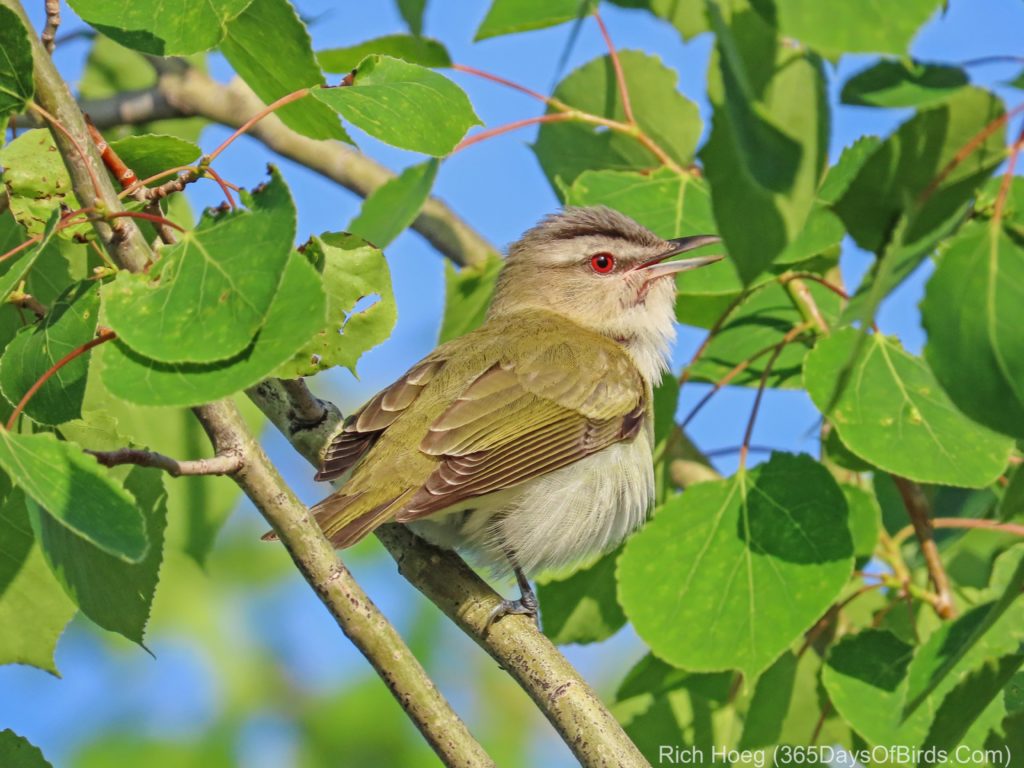
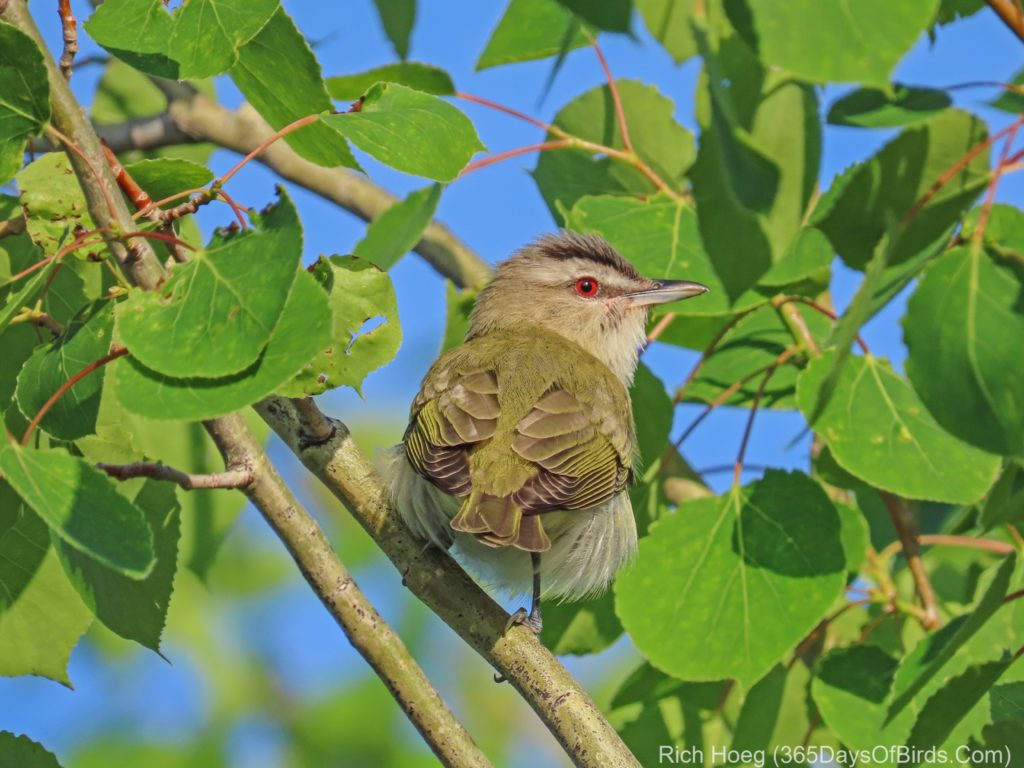
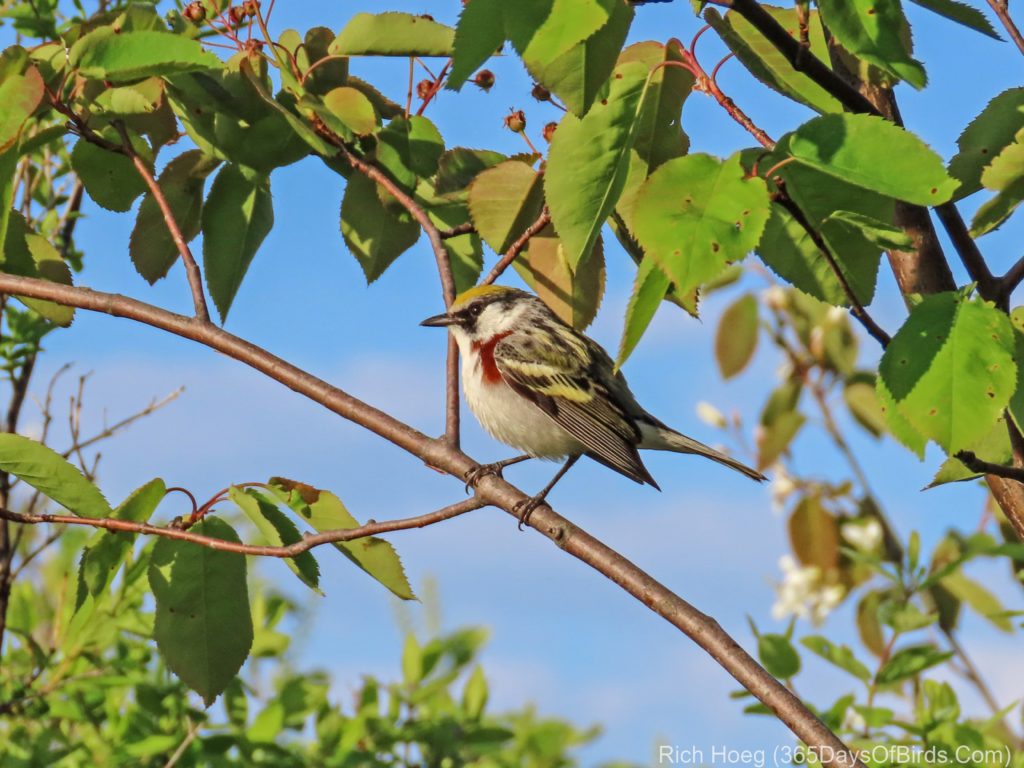
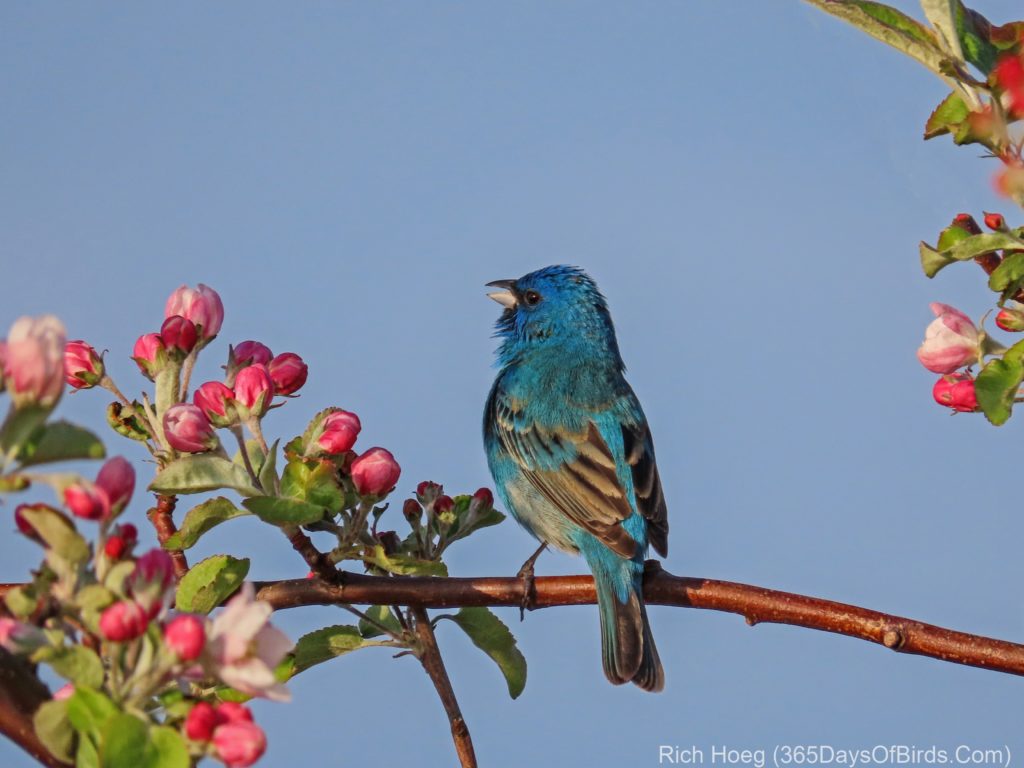
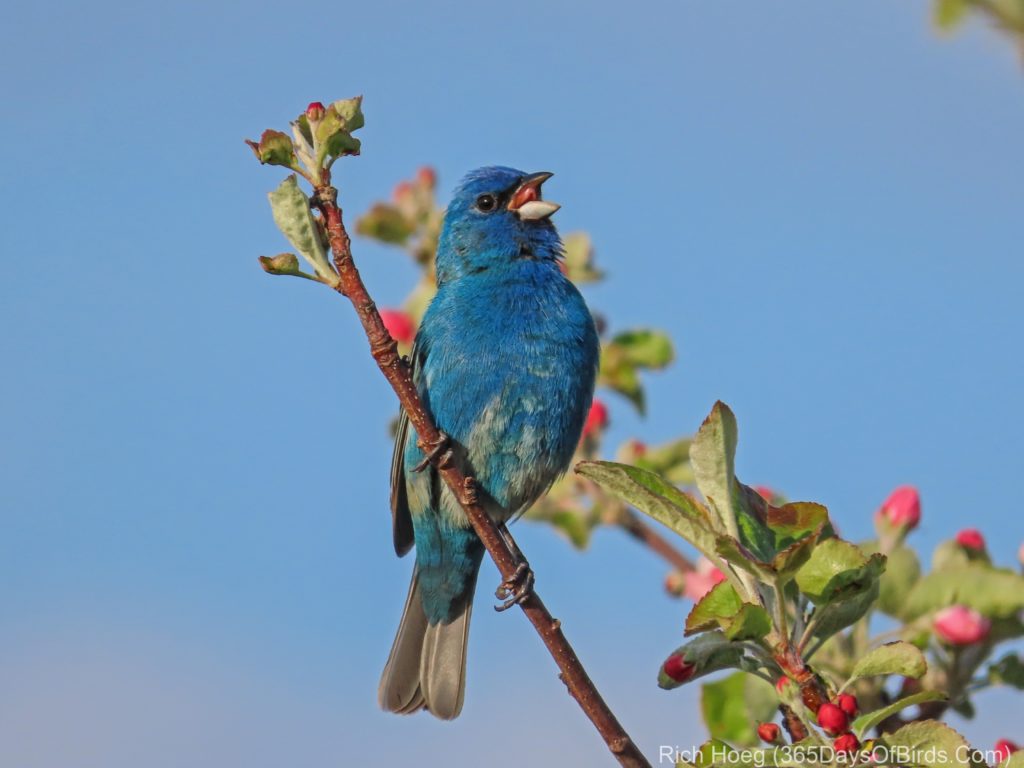
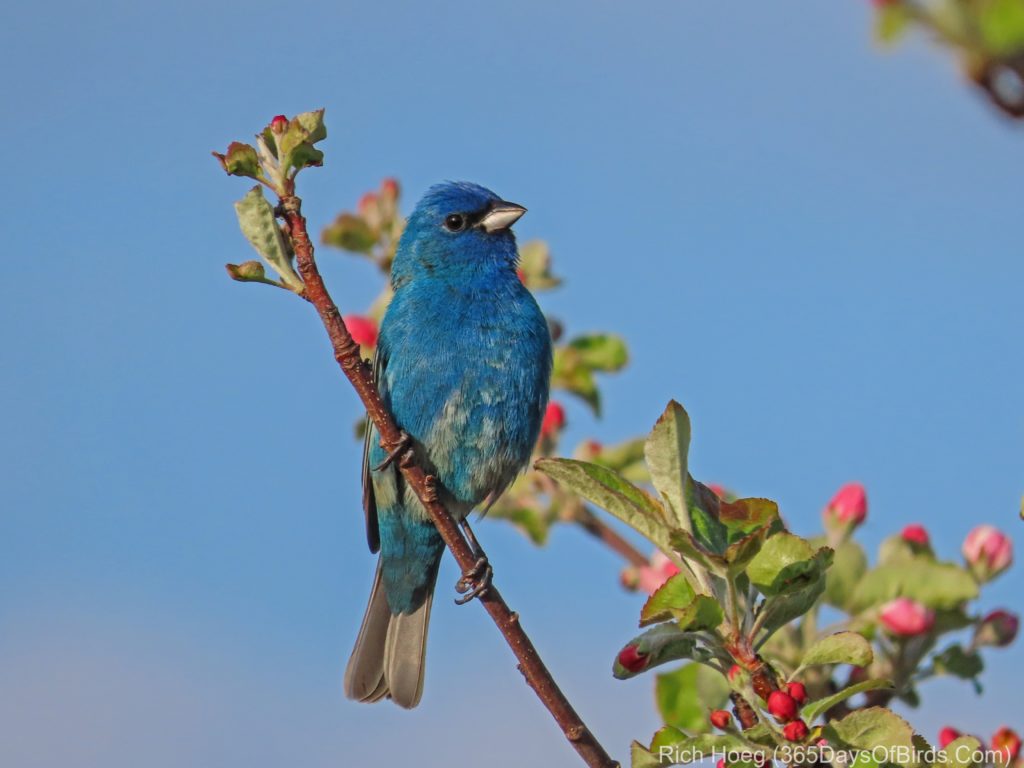
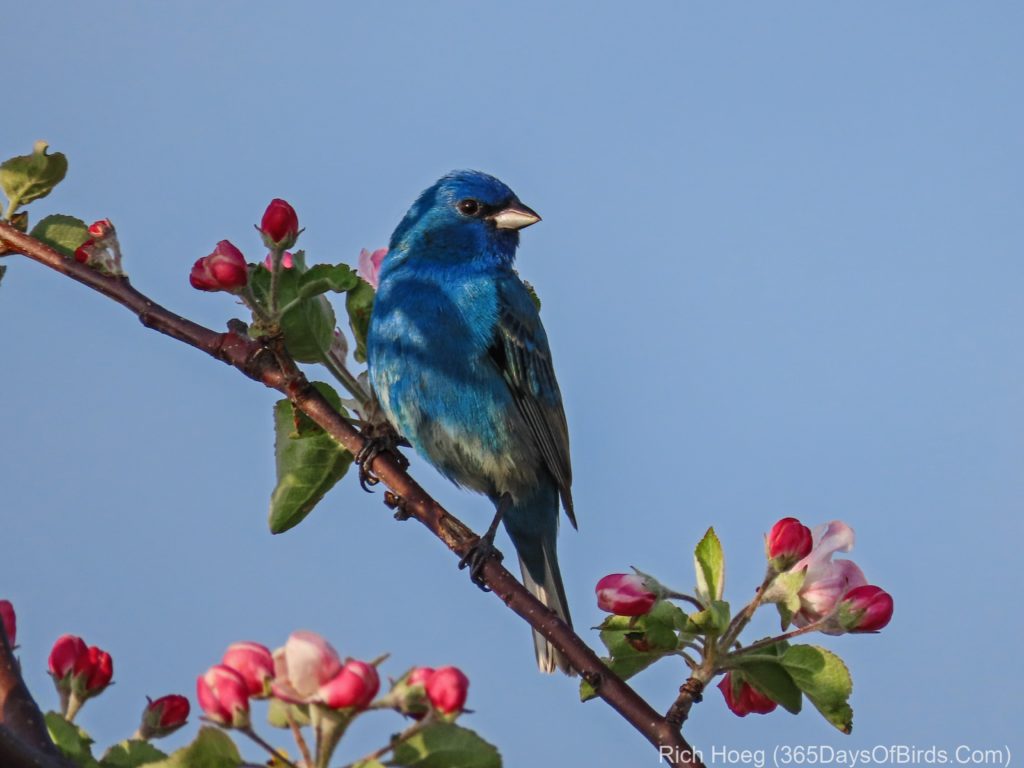
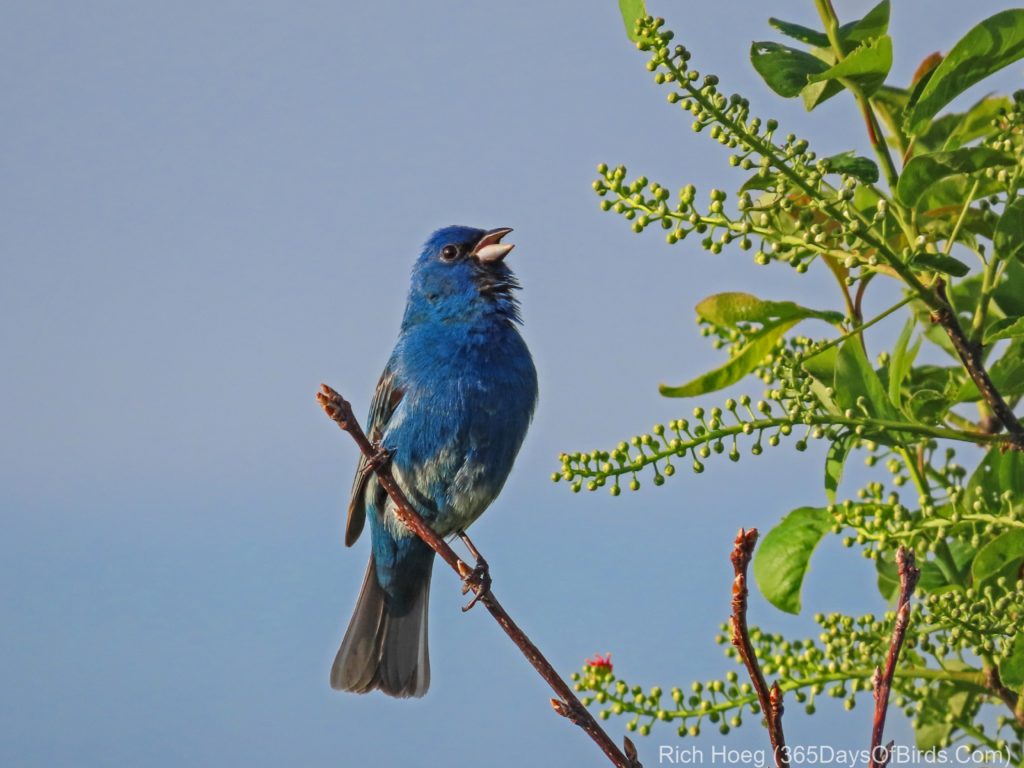
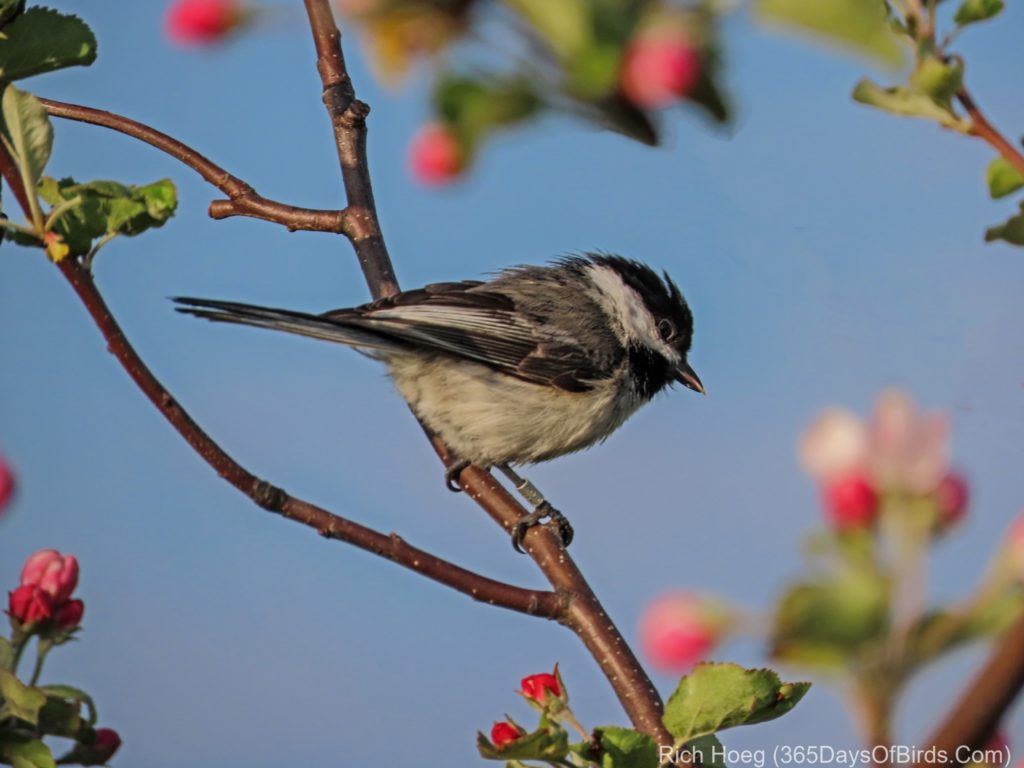
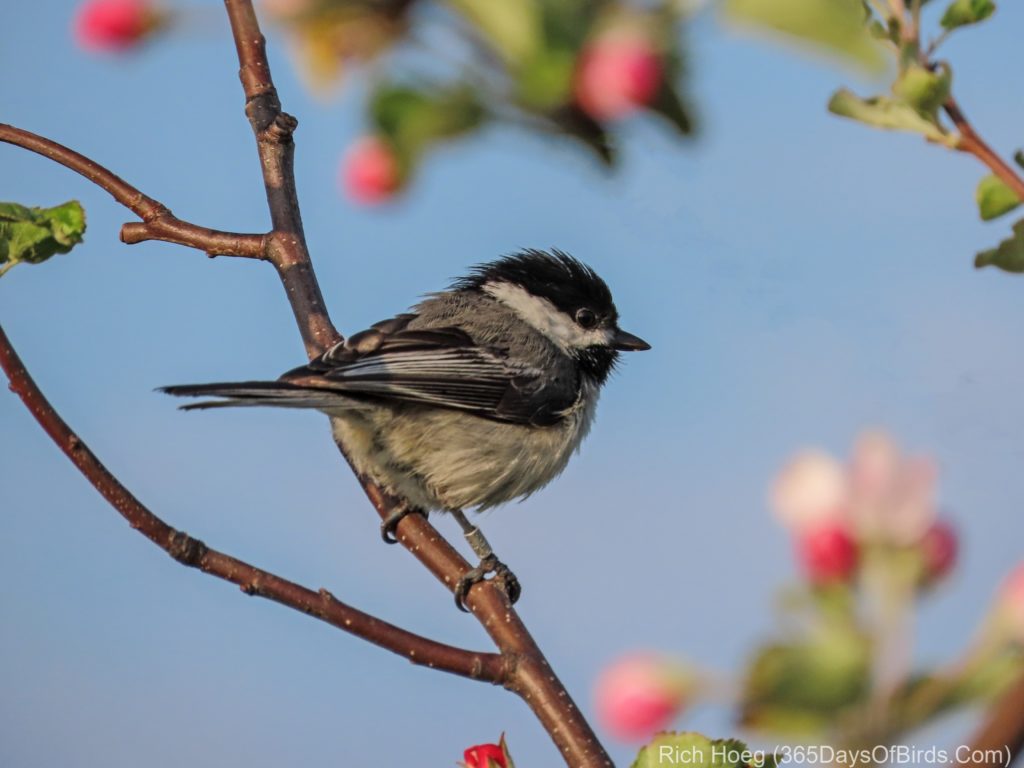
Richard, you’ve outdone yourself! These are breathtakingly beautiful! Thank you so much for sharing with us!
Are these glorious photos taken with your new Canon?
Yes … almost all my bird photographs are taken with my Sx70. I have been impressed with the results. My secret weapon tends to be always using a monopod. Even though the camera has built in stabilation, the monopod gives me that much more of an ability to eliminate random motion.
My go to settings these days if it is sunny are: ISO = 100, Aperture as wide open as possible and let the camera set the shutter speed. Once I see what exposure the camera selects, depending upon light conditions, I then switch to Shutter Priority and make the exposure a touch faster.
Finally, I do some minor quick edits in Photoshop Elements. First I always open the jpg files in camera raw (do not take photos in raw). I slide clarity to about 40, and black to between 50 and 70. Once I actually open the image I then use limited shadows and highlights to better bring out plumage. I end with a minor crop to position the bird in the image where I desire such that the photograph emphasizes the aspects I want. Digital zoom is always turned off. I only use optical zoom.
Thank you! I enjoy your pictures, comments & travels.
Would you ever consider taking over Jim Gilbert’s “Nature Notes” on WCCO radio? I sure miss his Sunday morning nature observations
Barb … You flatter me! While I live up north in Duluth, if I happened to be in the Twin Cities on a Sunday morning, I definitely always enjoyed listening to Jim Gilbert’s Nature Notes on WCCO Radio. I don’t think anyone could replace Jim. He had an amazing run of 42 years, and we should all be grateful to this kind gentleman who started our Sunday morning’s with some calm and serentiy surrounding the beauty of the outdoors. He is missed.
You are correct, no one can replace Jim Gilbert. We listened to him regularly & he is missed. By just listening to him every Sunday, I would know what migrating birds to watch for. I don’t know though🤔 from following your posts you’re right up there by Jim. 🤗 Thanks for all your wonderful photos & notes. You’re the BEST!